Integration of Third-Party Apps with NetSuite
Do you want to witness how your NetSuite platform rolls in full swing? It needs the skillful incorporation of third-party applications. In the present digital era, businesses depend on multiple unique tools to streamline functions and increase productivity. However, the real charm happens when these dissimilar solutions effectively combine with NetSuite’s powerful capacities.
Join us on an exploration as we discover the complexities of combining Third-Party Apps with NetSuite. Now is the chance to amplify your NetSuite into a properly synced, efficiency-enhancing ecosystem.
1. Determine Integration goals:
Determine your integration goals for a start. Acknowledge what you wish to gain with this infusion, like automating chores, centralizing information, or magnifying customer experiences.
2. Select the Appropriate Third-Party Application:
Choose third-party apps that match your business objectives and NetSuite’s true capacities. Seek applications with authentic APIs and a powerful performance history of dependability and security.
3. Use RESTful APIs:
NetSuite provides RESTful APIs, which are widely set as a benchmark for web services. Making use of RESTful APIs enables effective and safe interaction between NetSuite and third-party apps.
4. Execute OAuth Authentication:
OAuth authentication offers reliable access to NetSuite data without login credentials. Execute OAuth to verify that only approved users and software can gain access to your NetSuite instance.
5. Utilize Middleware for Data Modification:
Think about using middleware software such as Dell Boomi, MuleSoft, or Zapier to ease data modification and aligning between NetSuite and third-party applications. These solutions streamline the integration task and leverage simultaneous data synchronization.
6. Establish Data Mapping and Validation Rules:
Identify transparent data mapping principles to make certain that data from third-party applications matches NetSuite’s data formation. Execute data verification principles to sustain the integrity and precision of data.
7. Enable Webhooks for Simultaneous Upgrades:
Webhooks allow simultaneous interaction between NetSuite and third-party apps. They enable NetSuite to propel upgrades to external systems in suitable cases, securing data uniformity throughout platforms.
8. Check and Assess Consistently:
Execute strong monitoring and testing practices to immediately recognize and fix any integration problems. This involves proving data accuracy, error control, and productivity enhancement.
9. Prioritize Security and Compliance:
Security has to be a prime concern. Make certain that data transmitted between NetSuite and third-party apps is encoded and adaptable to industry laws like GDPR or HIPAA.
10. Aim for Expandability:
Your integration requirements can evolve with your expanding business. Aim for scalability and select solutions that can facilitate soaring data volumes and extra third-party applications.
11. Record Your Integration:
Manage and keep a complete record of your integration, involving the APIs used, data calculations, and workflows. Such records are useful for troubleshooting and incorporating new team members.
12. Stay Informed About Updates:
NetSuite and third-party applications consistently deliver upgrades and new features. Acknowledge these modifications to make sure your integration stays adaptable and maximized.
Concluding Thoughts
Remember that integration is a continuous process, and remaining compliant and responsive to evolving business requirements is the road to ultimate success. Use these modern practices and industry knowledge to integrate third-party apps with NetSuite to organize chores and enhance efficiency.
Do you have any more questions? Direct them to us at Power Cloud Consulting or call us at (866) 517 8483 to book a consultation.

